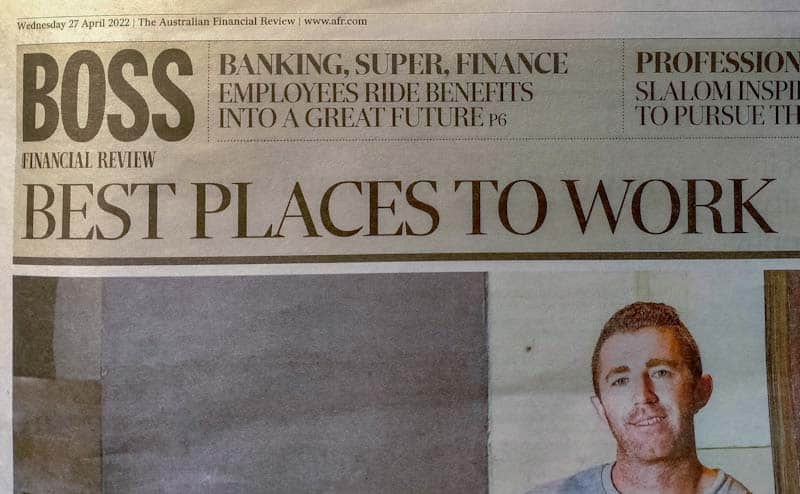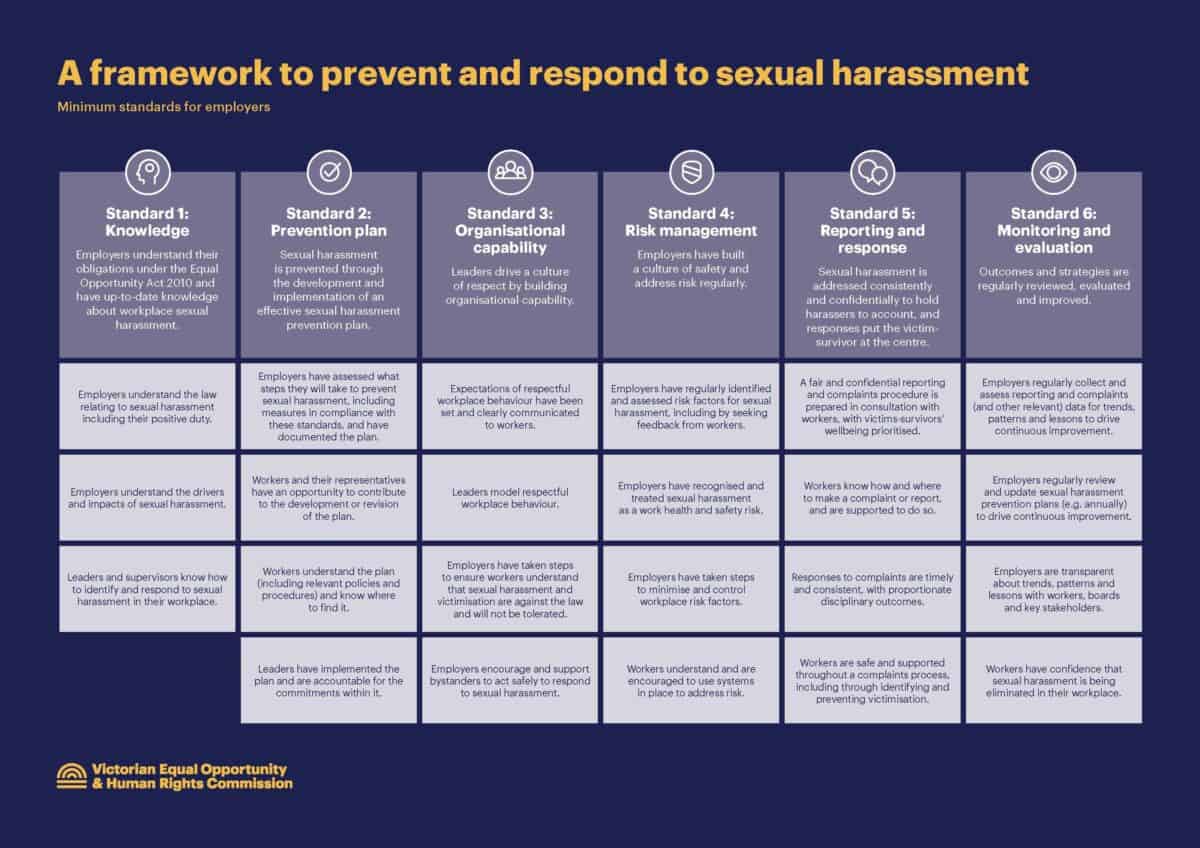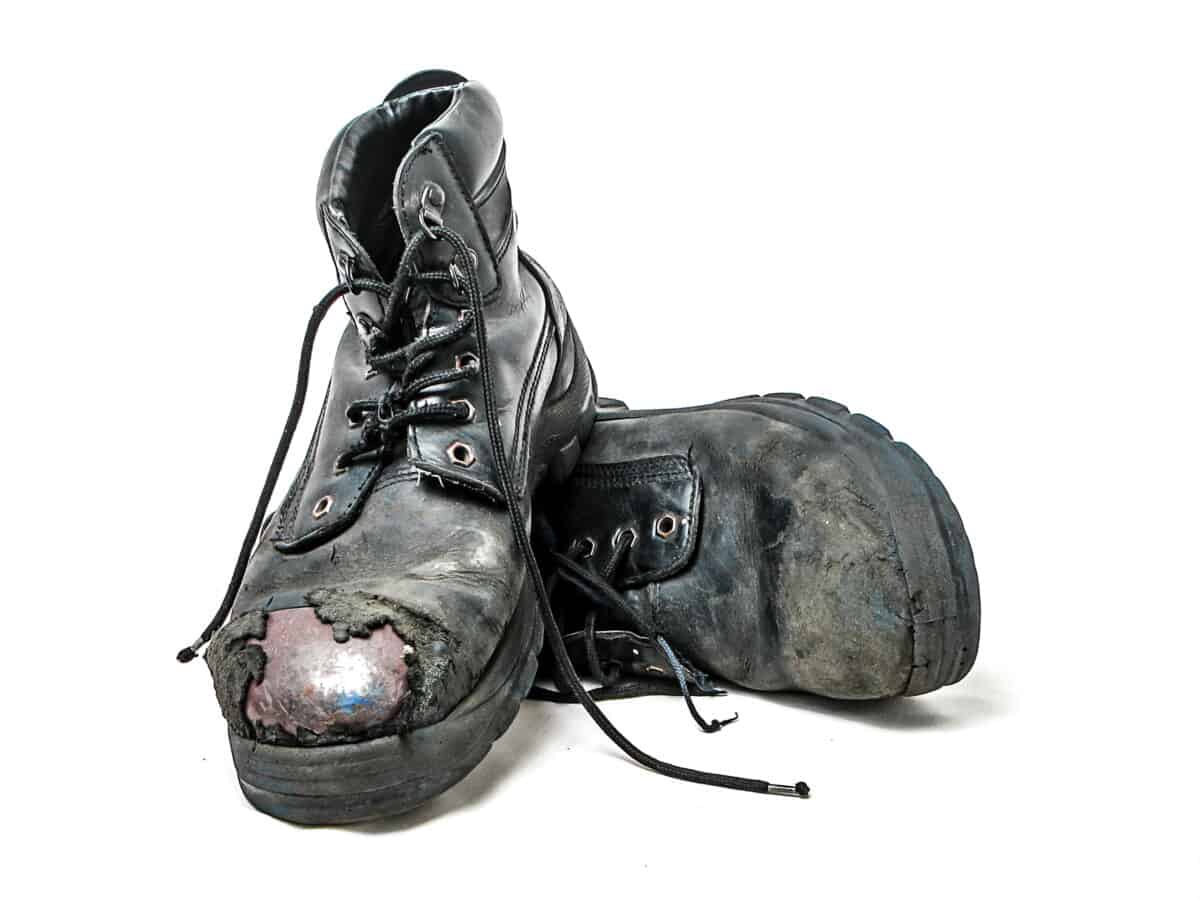Dr Tristan Casey has written an interesting discussion paper about clarifying the landscape of work health and safety innovation. According to Casey, innovation is the creation of new ideas, practices and more that add value for organisations over time. This integrates with one’s occupational health and safety (OHS) state of knowledge. Casey calls these WHS/OHS innovations as “new view” safety.
The SafetyAtWorkBlog has reported on many of these new concepts. Many concepts have great potential, but we must also examine the barriers to acceptance and implementation – the research to practice journey. Casey discusses some of those barriers.







